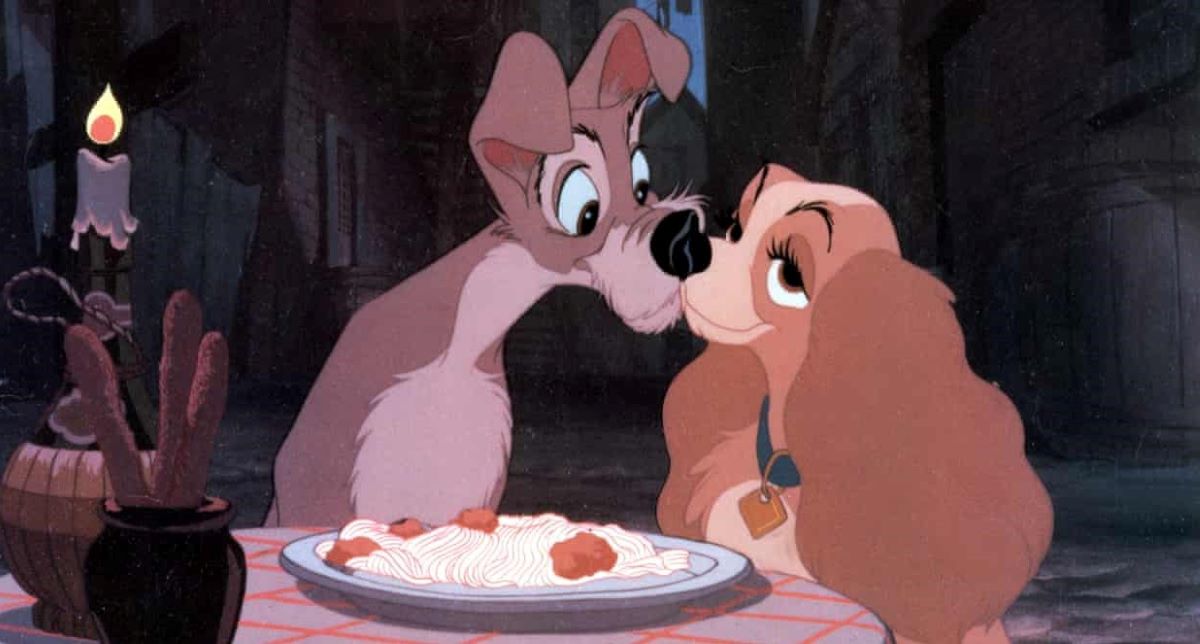“Movies touch our hearts, and awaken our vision, and change the way we see things. They open doors and minds.”
Martin Scorsese knew the power of movies. He knew that what happens on the screen can stir our soul and impact our thoughts and emotions. That’s his currency. In Raging Bull, we weren’t watching a boxer. We were in the ring, feeling the blood, sweat and tears dripping down our face, delivering the blows and taking them. We were defiant! ‘We don’t go down for nobody!’ For those two hours and nine minutes, we were Jake LaMotta.
Movies and television affect our viewpoint like few other mediums do. Seeing that American households still watch nearly eight hours of TV per day (impressive numbers, considering all of the other screened activities that we do!), the effect that Hollywood has on our personal and political notions is worth investigating.
Homelessness is hardly uncharted waters for Hollywood. How has the silver screen treatment of homelessness evolved over time? Has it affected our view of homeless individuals?
Hollywood and Homelessness: A Lasting Union
Literature has long been fascinated by the romantic vagabond. In Mark Twain’s The Adventures of Tom Sawyer, Huckleberry Finn “came and went at his own free will. He slept on doorsteps in fine weather and in empty hogsheads in wet… never had to wash, nor put on clean clothes; he could swear wonderfully. In a word, everything that goes to make life precious that boy had.” An enviable life, no?
It wasn’t long until this plot staple, and allure of the vagabond lifestyle, transitioned to the screen. The Guardian’s Stuart Jeffries observed: “One reason why the cocker spaniel fancies the bit of canine rough in Disney’s Lady and the Tramp is because Tramp is a jaunty freedom-loving mutt with a heart of gold, rather than, say, a pampered pooch transported from dog grooming salon in its owner’s ludicrous handbag. Here, the tramp is truly the other: rather than a projection of our fears, he’s a realisation of our romantically antinomian fantasies. Albeit in the form of a cartoon dog.”

In 2006’s The Pursuit of Happyness, single father/salesman Chris Garner and his young son are evicted from their apartment. Finding themselves with no place to go, the two must live in shelters and endure many hardships. Chris refuses to give up as he struggles to create a better life for them. “If you want something’, go get it. Period.” That self-assuredness appeals to the anything is possible mantra we’d like to imagine is somewhere deep down within all of us.
More recent offerings, such as The Lady in the Van and Shelter, similarly invite us to empathize with the downtrodden, featuring an eccentric elderly woman and a heroin-addicted younger one respectively. It seems that we won’t be experiencing a shortage of down-on-their-luck protagonists any time soon.
Analyzing the Benefit-Cost Ratio
If we were to take the glass-half-full approach, there are certainly worse reasons to make a movie. Fellow feeling for victims of homelessness could certainly use a jolt in our collective consciousness. And it can be a powerful catalyst for change.
At the very least, TV shows and movies that portray homelessness may well help start conversations about a topic that often goes unnoticed, or perhaps more accurately, ignored.
“It’s not real if I don’t see it” loses its footing when the visuals are projected on a massive screen in front of our transfixed eyes. Homelessness becomes something we can no longer ignore, however inconvenient that realization may be.
The portrayal becomes problematic, however, when those same homeless characters are depicted as choosing their vagabond lifestyle. Painting homelessness as desirable, romanticizing it and portraying it as better than their housed counter-parts buttoned-down way of life undercuts the very empathy that homeless individuals need in an ever-colder society. Huckleberry Finn and that jaunty, freedom-loving mutt may have chosen their course. But the man begging on your city’s Main Street and the woman at the shelter certainly didn’t.
Another issue rears its head with how homelessness is often resolved on the screen. A turn of luck, an undiscovered talent, a do-gooder noticing a downtrodden person’s heart of gold. That type of plot resolution surely makes for rousing entertainment. But it can also affect how we view those that are inexplicably stuck. They just need more of that ‘Go get it!’ spirit, and they can get out of this mess! But in real life, the person that needs them rarely holds all the cards. If only real-life plot resolution were so easily scripted!
How Genuine Is Our Empathy?
A further disconnect, largely a fault of our own making, happens when Hollywood royalty slide into the shoes of society’s rejected. Chris Gardner, the protagonist behind The Pursuit of Happyness’s incredible rags-to-riches story, is a real person. His son, too. But it can be challenging to take the story seriously when he’s being channeled by Will Smith. (Isn’t that the Fresh Prince?!) Or when Jennifer Connelly plays Shelter’s heroin-addicted Hannah. If ugly, unknown actors portrayed these characters, would we empathize less? Perhaps that’s a question best left unanswered. Regardless, suspending disbelief can be challenging when we subconsciously attach an actor’s IMDB profile page to the homeless character they’re playing. Is that Maggie Smith living in a van? Or is Downton Abbey going through an inexplicable recession?
Martin Scorsese wasn’t wrong. Films can touch our hearts and change the way we view things. To borrow an overused movie quote, with great power comes great responsibility. Here’s hoping that future filmmakers handle the delicate subject matter of homelessness with the sensitivity that it deserves.











